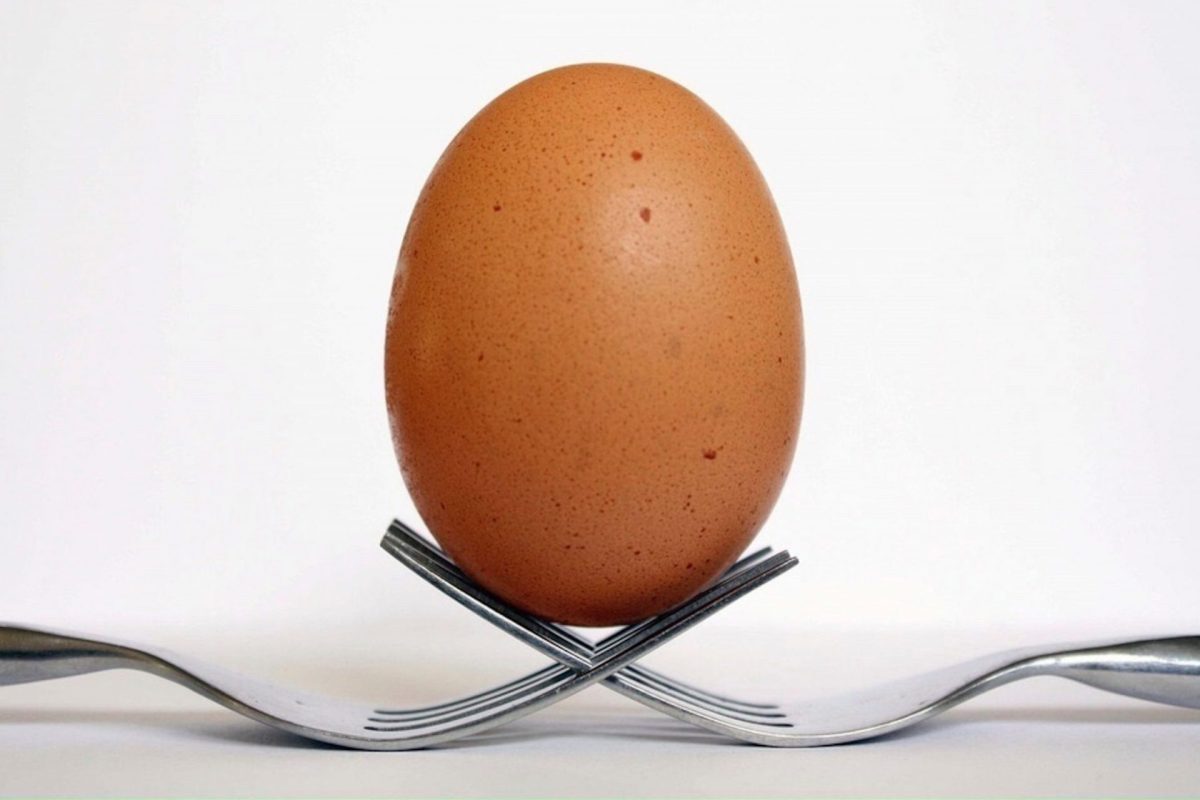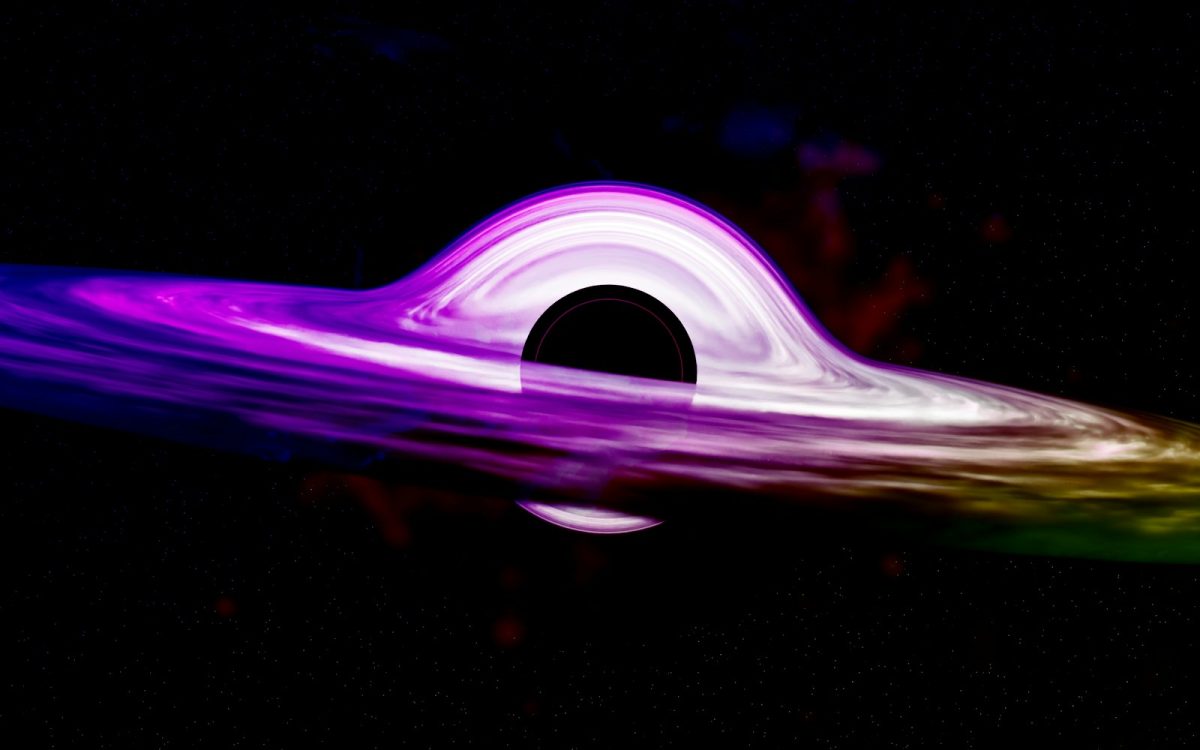Strengths and Weakens
You might be wondering what I am talking about. How is an egg strong? I break them all the time. What if I tell you the egg shape was especially to resist getting crushed? The strength of an eggshell is due to its unique composition and design. Despite its seemingly fragile appearance, an egg is remarkably good at withstanding pressure and force. The strength of an eggshell lies in its composition. Eggshells are primarily made of calcium carbonate, a mineral that forms a hard, protective layer. This composition gives the eggshell its uncharacteristic strength and resilience. The curved shape of the egg also contributes to its strength. The curved design allows the force applied to the shell to be evenly distributed, minimizing the chance of breaking. In addition to its structural strength, the eggshell is also remarkably resistant to compression, being able to withstand about 50 pounds of force.
Eggs in Architecture
The egg shape has been a recurring element in architecture throughout history, celebrated for its symbolism, form, and function. From ancient civilizations to modern structures, the egg shape has been utilized in a variety of ways, serving as a source of inspiration for architects and designers. The egg has long been a symbol of birth, renewal, and potential. In many cultures, it represents the beginning of life and the cycle of creation. This symbolism has been incorporated into architectural designs to evoke a sense of rebirth and transformation. The use of the egg shape in architecture can convey a sense of fertility, hope, and new beginnings. Architects have been drawn to the organic and elegant form of the egg. Its smooth, curved surface lends itself to creating visually striking and dynamic structures. The egg shape has been used in the design of domes, pavilions, and even entire buildings, adding a sense of fluidity and harmony to the architectural landscape. The form of the egg also allows for the efficient distribution of structural forces, making it an attractive choice for creating stable and resilient buildings. Beyond its symbolic and aesthetic appeal, the egg shape also offers practical benefits in architecture. Its structural properties make it well-suited for withstanding external forces such as wind and seismic activity. Additionally, the use of the egg shape in architecture can optimize interior space, providing a sense of openness and continuity. One of the most iconic examples of the egg shape in architecture is the Sydney Opera House, designed by Danish architect Jørn Utzon. The building’s distinctive shell-like structure draws inspiration from the form of the egg, creating a landmark that has become synonymous with the city of Sydney. Another notable example is the National Centre for the Performing Arts in Beijing, also known as the “Giant Egg.” Designed by architect Paul Andreu, the building’s elliptical dome resembles the shape of an egg and has become a symbol of modern Chinese architecture. In conclusion, the egg shape continues to captivate architects and designers, offering a rich source of symbolism, form, and function in architectural design. Whether used as a symbol of rebirth, an expression of organic form, or a practical structural solution, the egg shape remains a timeless and versatile element in the world of architecture.
RELATED STORIES:
- https://www.scienceworld.ca/resource/eggstra-strong-eggs/#:~:text=Although%20eggs%20are%20easily%20cracked,the%20curve%20of%20the%20egg.
- https://www.incredibleegg.org/wp-content/uploads/2023/08/gK-5-strong-as-an-egg.pdf
- https://sciencedemonstrations.fas.harvard.edu/presentations/egg-shell-strength#:~:text=The%20diameter%20of%20a%20%22large,N%20load%20(3%2C000%20lbs)!
- https://indianapublicmedia.org/amomentofscience/the-mathematical-perfection-of-an-eggs-shape.php#:~:text=An%20egg%20has%20been%20called,an%20impressive%20amount%20of%20weight.
- https://azeheb.com/blog/not-egg-break-upright/?doing_wp_cron=1728647389.5597770214080810546875
TAKE ACTION:






